Joshua’s product giveaways and reviews of woodworking products.
Free Woodworking Hand Tools For Deserving Woodworkers

Free Woodworking Hand Tools For Deserving Woodworkers The Living Tools Project is donating Woodworking Hand Tools to Underrepresented Craftspeople By Joshua Farnsworth | Published

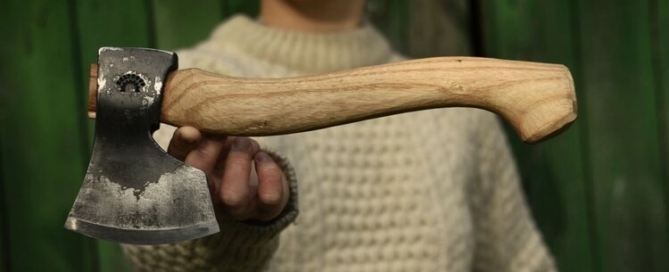
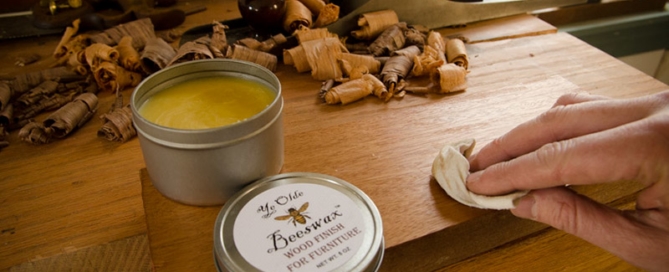
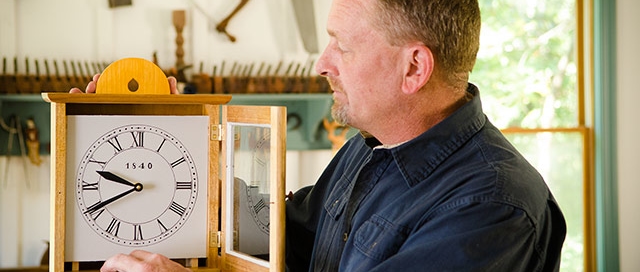

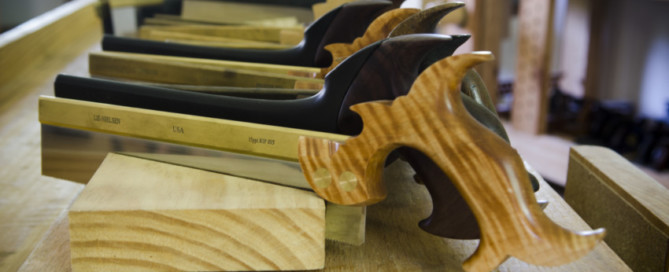
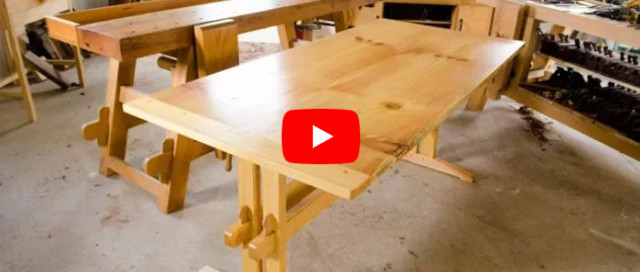
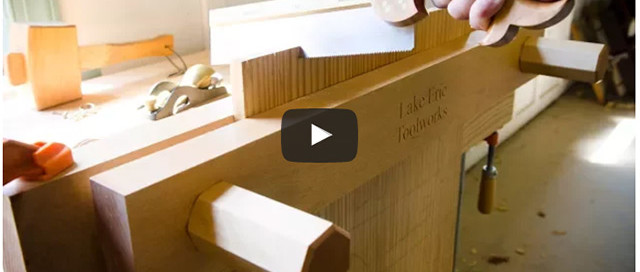
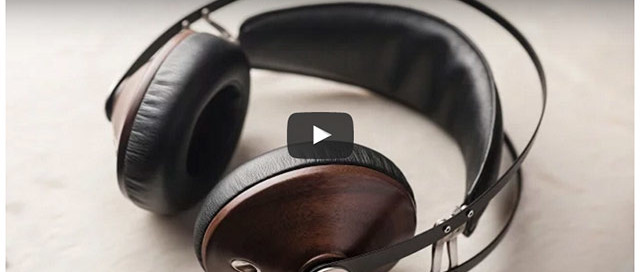
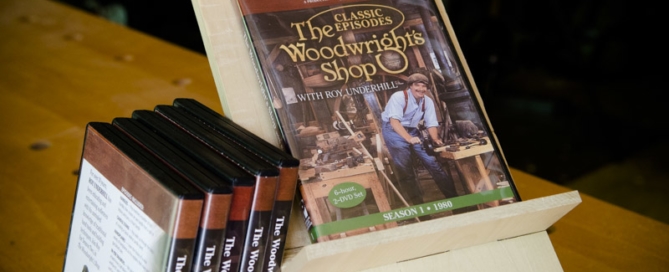
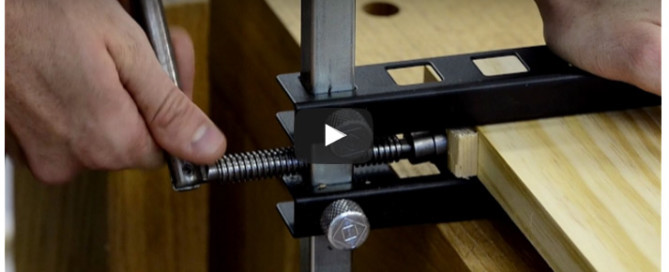
Wood and Shop in your inbox?
Subscribe to get Joshua's free traditional woodworking videos, articles & news:
You have Successfully Subscribed!